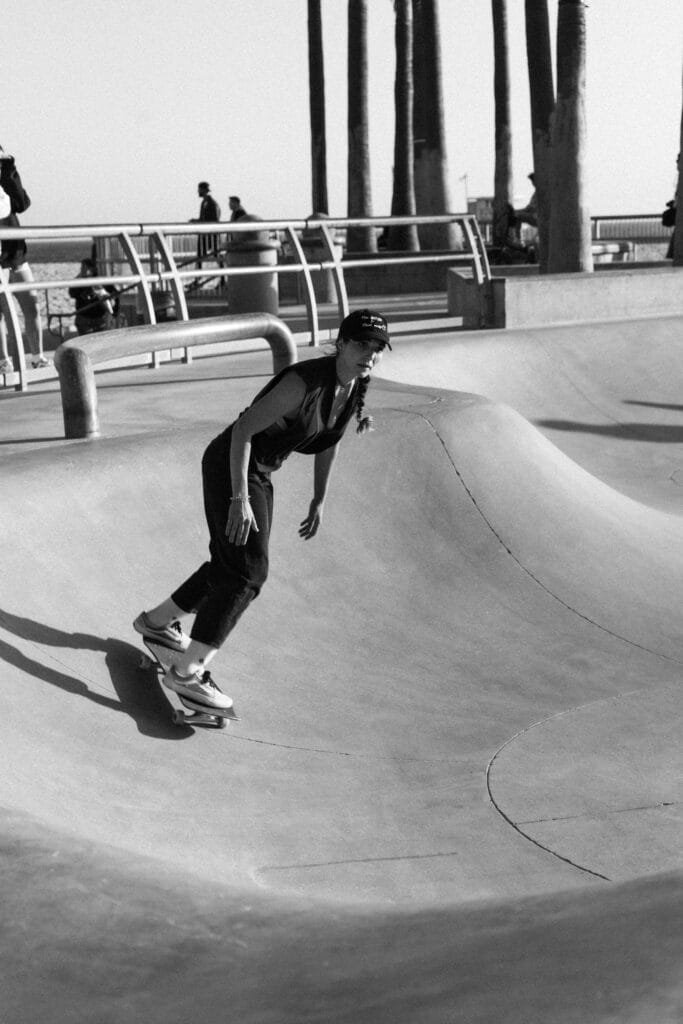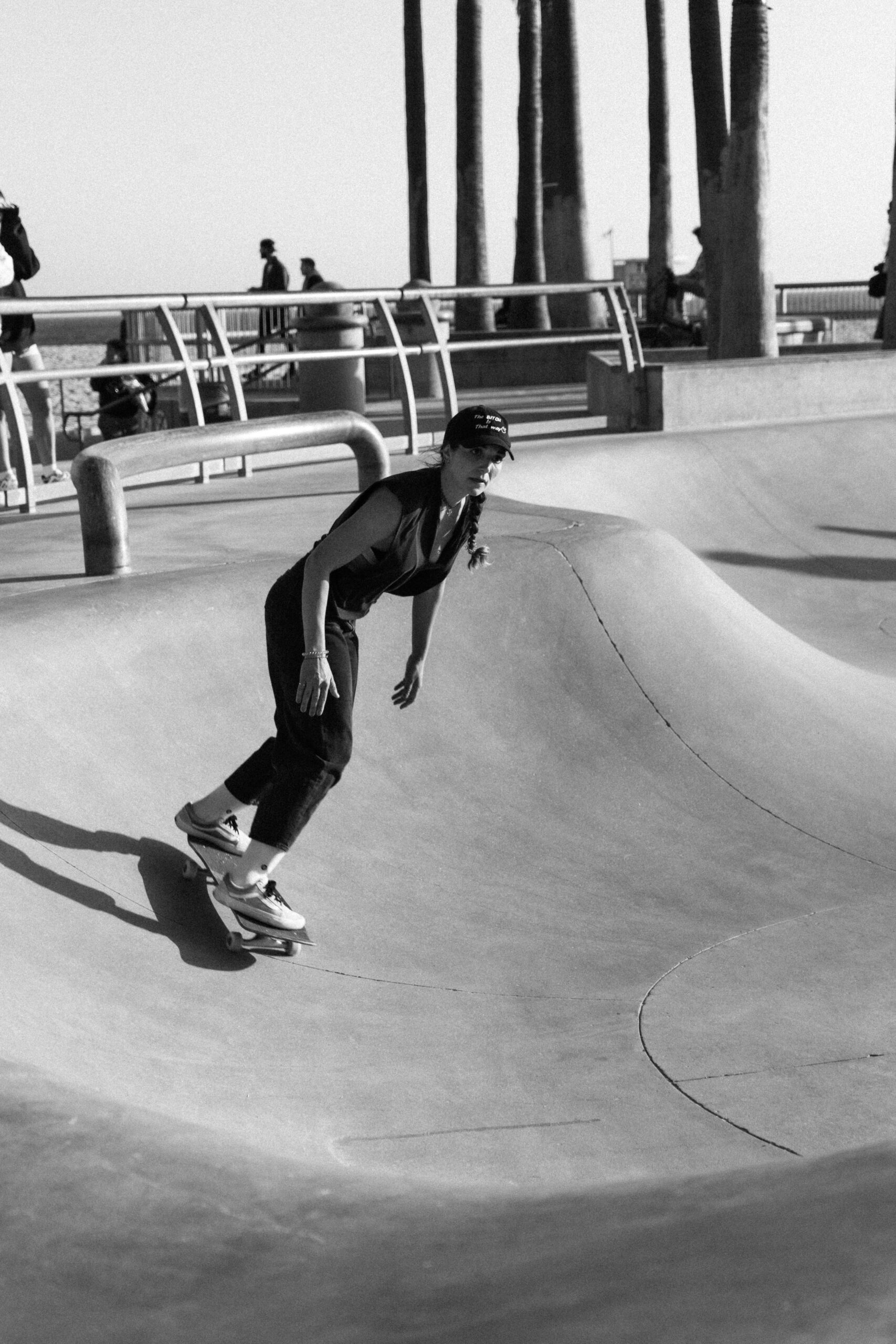So you’ve decided to take up skateboarding, but now you’re faced with the overwhelming task of choosing a skateboard deck material. Maple, bamboo, and other materials seem to dominate the market, but what are the actual differences between them? In this article, we will navigate through these various options to help you understand the unique characteristics and advantages of each material. By the end, you’ll know exactly what to look for when selecting the perfect skateboard deck for your riding style.
Skateboard Deck Materials
When it comes to choosing a skateboard deck, there are various materials available that can greatly impact your riding experience. Different materials offer distinct characteristics in terms of durability, flexibility, weight, and cost. In this comprehensive article, we will explore the differences between the most common skateboard deck materials, including Maple, Bamboo, Carbon Fiber, Fiberglass, Birch, Beech, Plastic, Aluminum, Composite, and Plywoods.
1. Maple
Maple is widely regarded as the standard material for skateboard decks, known for its exceptional durability. It is made from layers of Canadian maple wood, which are tightly pressed together using epoxy resin. This construction technique results in a solid and sturdy deck that can withstand the rigors of skateboarding.
1.1 Durability
Maple decks are renowned for their incredible durability. The layers of maple wood provide a strong and sturdy base, allowing the deck to withstand repeated impacts and tricks without snapping. Whether you’re a beginner or a seasoned rider, a maple deck will offer long-lasting performance and withstand the test of time.
1.2 Flexibility
Flexibility is an important factor to consider when choosing a skateboard deck. Maple decks offer a moderate level of flexibility, providing a good balance between responsiveness and stability. This means that the deck will have enough give to absorb shocks and vibrations, while still maintaining its shape and stability during tricks and maneuvers.
1.3 Pop
One of the key attributes of a skateboard deck is its pop, which refers to the amount of energy the deck can transfer into ollies and other tricks. Maple decks are known for their excellent pop, allowing riders to achieve higher ollies and perform tricks with greater ease. The stiffness and strength of the maple wood contribute to the deck’s ability to generate and maintain its pop over time.
1.4 Weight
Maple decks typically have a moderate weight, striking a balance between being light enough for easy maneuverability and sturdy enough to provide stability and control. The weight of a skateboard deck can greatly affect the overall feel and performance, and maple decks offer a comfortable and responsive ride without being too heavy or cumbersome.
1.5 Cost
In terms of cost, maple decks are generally considered to be mid-range. While they may not be the least expensive option on the market, the durability and performance they offer make them a worthwhile investment for most skateboarders. The value for money provided by maple decks aligns with their ability to withstand heavy use.

2. Bamboo
For those looking for an environmentally friendly option without compromising on performance, bamboo decks are an excellent choice. Bamboo is a fast-growing, sustainable resource that has gained popularity in the skateboarding industry for its unique characteristics.
2.1 Sustainability
Bamboo is a highly sustainable material that grows much faster compared to traditional hardwoods like maple. This makes it an eco-friendly choice for skateboarders who are conscious of their environmental impact. Bamboo decks are often praised for their minimal ecological footprint, making them an attractive option for environmentally conscious riders.
2.2 Flexibility
Bamboo decks offer a responsive level of flexibility that can enhance the riding experience. The natural flexibility of bamboo allows the deck to have a lively and dynamic feel, providing a good balance between shock absorption and energy transfer during tricks and maneuvers.
2.3 Vibration Dampening
One of the standout qualities of bamboo decks is their superior vibration dampening properties. The natural fibers in bamboo act as shock absorbers, helping to decrease the vibrations felt by the rider. This can result in a smoother and more comfortable ride, particularly on rougher surfaces or during high-impact landings.
2.4 Weight
Bamboo decks tend to be lightweight, making them a popular choice among skateboarders who prioritize agility and maneuverability. The lighter weight allows riders to execute tricks with ease and maintain control over their board, enhancing overall performance and responsiveness.
2.5 Cost
In terms of cost, bamboo decks often fall within the mid to higher price range. While they may be slightly more expensive than traditional maple decks, the sustainability and unique characteristics they offer make them a worthwhile investment for those who value eco-friendly alternatives and enhanced performance.
3. Carbon Fiber
Carbon fiber is a high-performance material that has gained popularity in recent years due to its exceptional strength and lightness. Although less common than maple or bamboo, carbon fiber decks offer unique advantages for riders seeking top-tier performance.
3.1 Strength
Carbon fiber decks are renowned for their incredible strength and durability. The carbon fiber material is exceptionally strong, capable of withstanding heavy impacts and extreme forces. This makes them a preferred choice among professional riders and those who engage in high-intensity skateboarding.
3.2 Lightness
Carbon fiber decks are significantly lighter than traditional maple or bamboo decks. This feather-light characteristic allows riders to achieve higher levels of maneuverability and control. The reduced weight enables skaters to execute tricks with ease and precision while experiencing minimal fatigue during longer skate sessions.
3.3 Rigidity
Carbon fiber decks offer a high level of rigidity, which contributes to their stability and responsiveness. The stiffness of the carbon fiber material minimizes flex and twist, ensuring that the deck maintains its shape and pop under heavy loads. This rigidity provides a solid platform for executing tricks and ensures consistent performance.
3.4 Flexibility
One of the drawbacks of carbon fiber decks is their limited flexibility compared to other materials. While this characteristic may not appeal to riders who prefer a more forgiving and responsive deck, it can be advantageous for those who prioritize stability and precision in their skateboarding.
3.5 Cost
Carbon fiber decks tend to be on the higher end of the price spectrum due to the cost of materials and manufacturing processes involved. While they may not be the most budget-friendly option, the exceptional strength and performance advantages they offer make them a desirable choice for serious skateboarders.

4. Fiberglass
Fiberglass is another material commonly used in skateboard deck construction, known for its flexibility and durability. Combining fiberglass with other materials, such as maple or bamboo, can enhance certain characteristics of the deck.
4.1 Flexibility
Fiberglass decks are highly flexible, allowing for enhanced shock absorption and increased energy return during tricks and jumps. The layers of fiberglass act as a spring-like material, providing a lively and responsive feel underfoot. This flexibility can be advantageous for riders who value a more forgiving and maneuverable deck.
4.2 Durability
The addition of fiberglass in skateboard decks adds an extra layer of durability. The fiberglass lamination reinforces the structure of the deck, making it more resistant to snapping, breaking, or warping. This durability is especially beneficial for skateboarders who engage in high-impact tricks or ride in challenging environments.
4.3 Weight
Fiberglass decks tend to have a moderate weight, similar to traditional maple decks. The weight can vary depending on the specific construction and additional materials used in combination with fiberglass. However, fiberglass alone does not significantly impact the overall weight of the deck.
4.4 Vibration Dampening
Fiberglass decks exhibit excellent vibration dampening qualities. The fiberglass layers help to absorb and dissipate vibrations, resulting in a smoother and more comfortable ride. This can be particularly beneficial for riders who frequently encounter rough terrain or engage in aggressive skateboarding.
4.5 Cost
Compared to other materials like carbon fiber, fiberglass decks generally fall within a more affordable price range. The cost may vary depending on the specific construction and additional materials used in combination with fiberglass. Considering the added durability and flexibility, fiberglass decks offer good value for their price.
5. Birch
Birch is a hardwood material that can be used to construct skateboard decks. Although less common than maple or bamboo, birch decks offer their own unique set of characteristics that can cater to specific riding styles and preferences.
5.1 Stiffness
Birch decks are known for their stiffness, providing excellent stability and control. The rigid nature of birch wood ensures that the deck maintains its shape and pop, allowing riders to execute tricks with precision. This stiffness can be advantageous for riders who value consistency and a solid platform when performing tricks.
5.2 Durability
Similar to maple, birch decks are highly durable and can withstand repeated impacts and tricks without snapping or breaking. The layers of birch wood provide a solid and sturdy structure that can endure the rigors of skateboarding. This durability makes birch decks suitable for riders of all skill levels.
5.3 Weight
Birch decks tend to have a moderate weight, offering a balance between maneuverability and stability. While not as lightweight as bamboo or carbon fiber, the weight of a birch deck is typically comfortable for most skateboarders. It allows for responsive control while providing a solid feel underfoot.
5.4 Shock Absorption
Birch decks possess excellent shock absorption properties, dampening vibrations upon impact. These shock-absorbing qualities contribute to a smoother ride and decrease the stress on the rider’s joints. This can be particularly beneficial for skateboarders who engage in high-impact tricks or frequently ride on rough surfaces.
5.5 Cost
In terms of cost, birch decks are generally comparable to maple decks. While they may vary depending on the specific brand or construction methods, birch decks offer good value for their durability and performance. They are an attractive option for riders seeking a sturdy and reliable deck without breaking the bank.

Conclusion
Choosing the right skateboard deck material is crucial for optimizing your riding experience. Each material offers its own unique set of characteristics in terms of durability, flexibility, weight, and cost. Maple decks are the industry standard, renowned for their durability, versatility, and excellent pop. Bamboo decks provide an environmentally friendly option with superior flexibility and vibration dampening capabilities. Carbon fiber decks offer top-tier performance with exceptional strength, lightness, and rigidity. Fiberglass decks combine flexibility and durability, providing a comfortable and responsive ride. Birch decks offer stiffness, durability, and shock absorption, appealing to riders who value stability and control. Ultimately, the ideal skateboard deck material depends on your specific preferences and riding style. So go ahead and choose the one that suits you best, and enjoy shredding on your new deck!

